Ingredients
-
1.5 kg beef round
-
60 g pancetta
-
300 g Carrot
-
15-20 pcs Garlic cloves
-
3 pcs onion peeled roughly chopped
-
100 g Celeriac peeled and chopped
-
2 pcs Parsnip
-
500 ml red wine
-
100 g prunes pitted
-
2 tablespoons Tomato puree
-
5 tablespoons Olive oil
-
100 ml prošek sweet wine
-
2 tablespoons Salt
-
a pinch Black pepper
Directions
Pašticada or as it is known as Dalmatian pašticada is a traditional dish of the Croatian coast. Actually, it is a beef round cooked in vegetables and wine and/or prošek (sweet wine).
Traditionally it was made from pieces of cattle leg, but today is completely replaced by beef round.
As pašticada is so widespread in Dalmatia and Istria, almost every home has its own version of the recipe. One of the most common misunderstandings is whether red wine is used or prošek (very sweet dessert wine from Dalmatia). My answer to this eternal doubt is – I use both. Although the traditional way of preparing is still ubiquitous, there is a lot of experimentation with ingredients these days. So today it is possible to find chicken, rabbit, fish and even vegetarian pašticada.
Similar dishes can be found in Italian and Greek cuisine. Namely, the traditional delicacy of Verona is pastissada de caval, or horse meat stew. There is also pastissada de manzo in Venice, very similar to the one in Dalmatia.
Pasitsada can also be found in Greek cuisine, especially on Corfu Island. Interestingly, spaghetti is served there as the side dish.
There is no clear written evidence as to where pašticada originated. The historical assumption is that passtisasda de caval originated first. Venice took this recipe and during the expansion of Venetian Republic, it brought the dish to the regions under their rule.
When Napoleon abolished the Venetian Republic, pašticada remained and became the most famous delicacy in Dalmatia. Some as a term of endearment call it the queen of Dalmatian cuisine.
Historically, and this custom is kept up to date, it is served on special occasions such as weddings, births, baptisms and other festive occasions.
The secret of a good pašticada is a balance of the four flavours: salty, sweet, sour and bitter.
It is usually served with gnocchi, and sometimes with wide pasta. It goes great with red wine.
Steps
|
1
Done
|
Cut a carrot, garlic and bacon into thin strips. With a knife, make pockets in the meat and stuff the bacon, garlic and carrots into them. |
|
2
Done
|
Prepare a marinade by mixing wine, vinegar, celery, carrots, garlic and onion. Add salt, pepper, rosemary and bay leaves. |
|
3
Done
|
Salt the meat, pour over the marinade and add more water so that the meat is completely covered with liquid. Leave the meat in the marinade for at least a few hours. It is advisable to leave it overnight. |
|
4
Done
|
|
|
5
Done
|
In the same oil, sauté the vegetables from the marinade, and pour the rest of the marinade occasionally. Add spices and prunes. |
|
6
Done
|
When the vegetables have softened, return the meat to the pot and allow it to cook gently for at least 2 hours. |
|
7
Done
|
After the meat is cooked, remove it from the pot and cut it into approximately 1 cm thick slices. |
|
8
Done
|
Remove the bay leaf from the rest of the sauce and mix with a stick mixer. |
|
9
Done
|
Now add tomato puree and prošek to the sauce. Prošek will give a special note of sweet taste to the sauce. |
|
10
Done
|
Return the sliced meat to the sauce and cook for another 20-30 minutes until the meat is fully cooked. |
|
11
Done
|
Serve with gnocchi or wide pasta. Red wine is mandatory. |

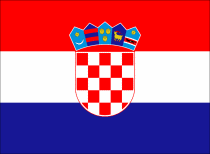

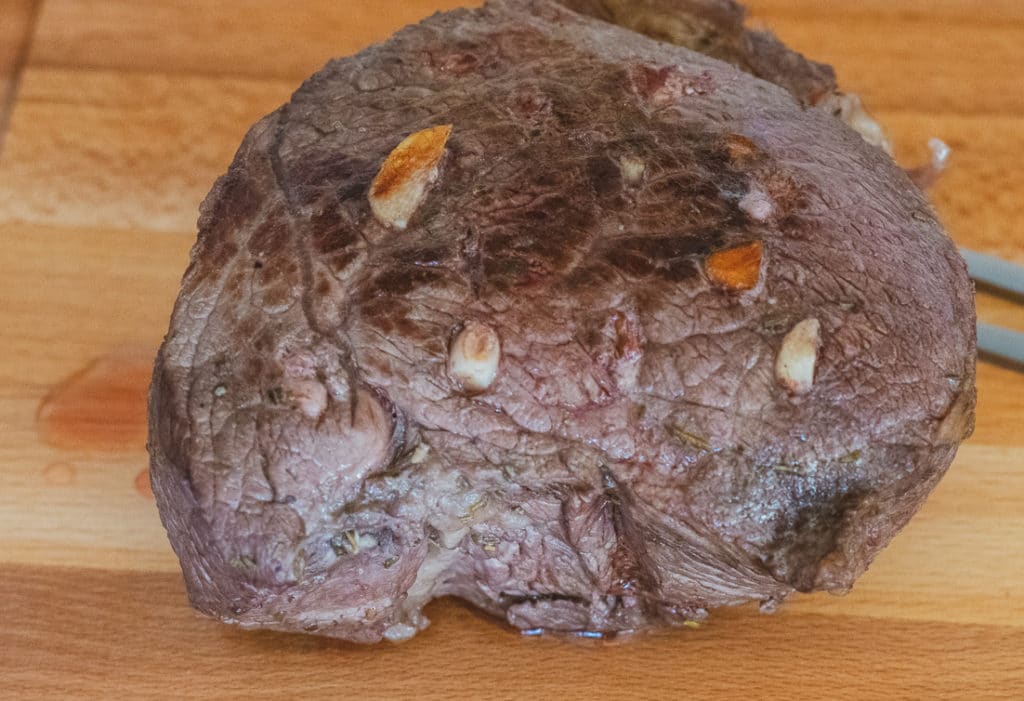
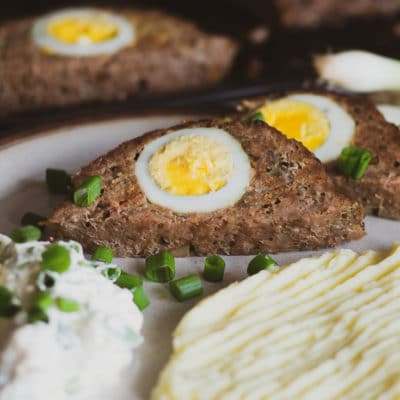
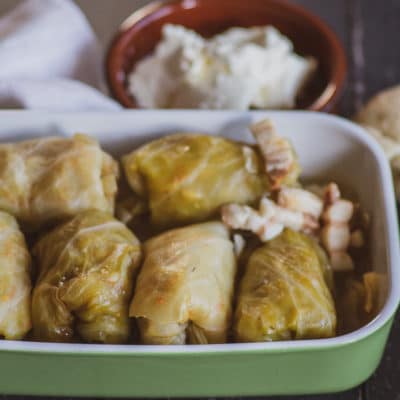

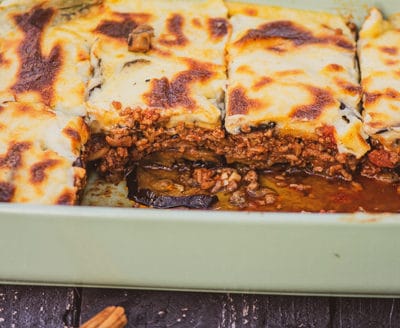
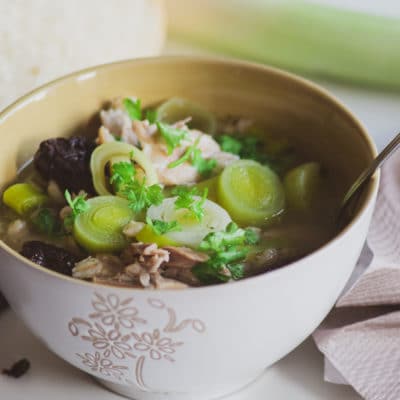
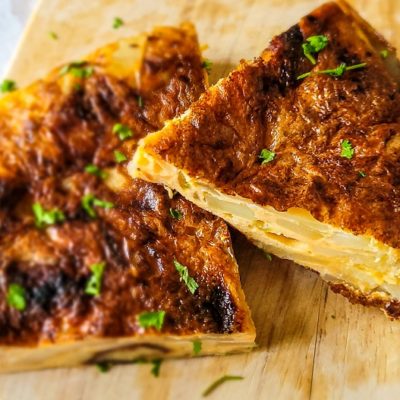

4 Comments Hide Comments
Oh my goodness this is so delicious
Nije to nikakav “traditional dish of the Croatian coast”. To je 100% grcko bolje receno jelo sa Krfa i oni to zovu pasitsada ili pastisada sto je od tog krfskog naziva pastisada nastala dubrovacka/dalmatinska pašticada.
What? It could be both from Greece, and a traditional dish of the Croatian coast!
A nije li nastalo u 5 st. najprije u pokrajini Veneto pa se kasnije proširilo na Veneciju..